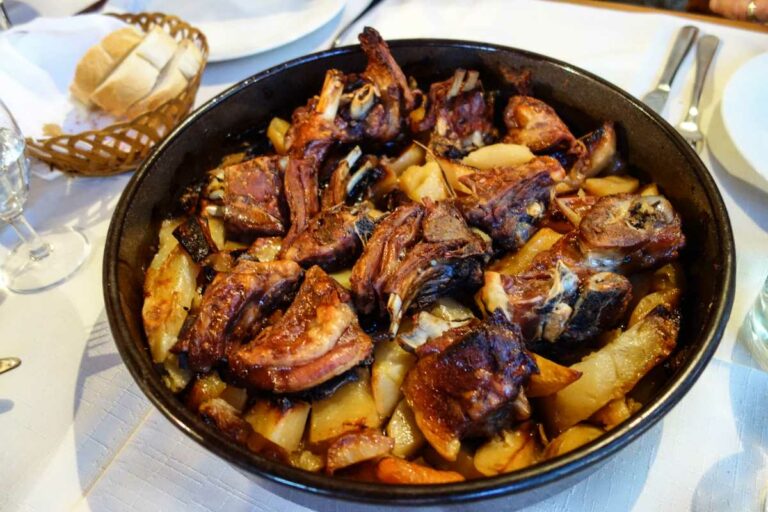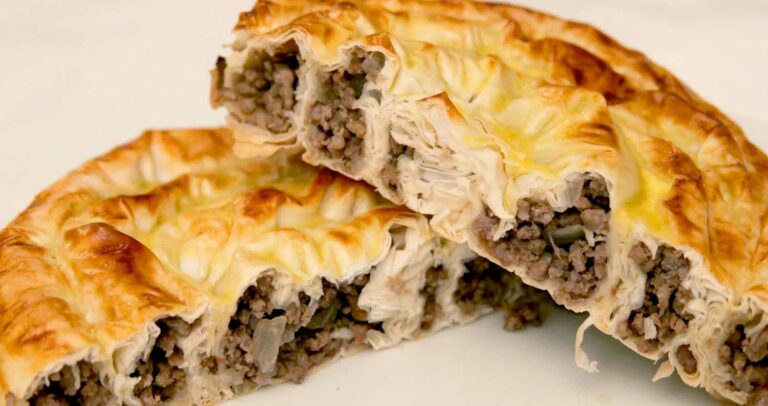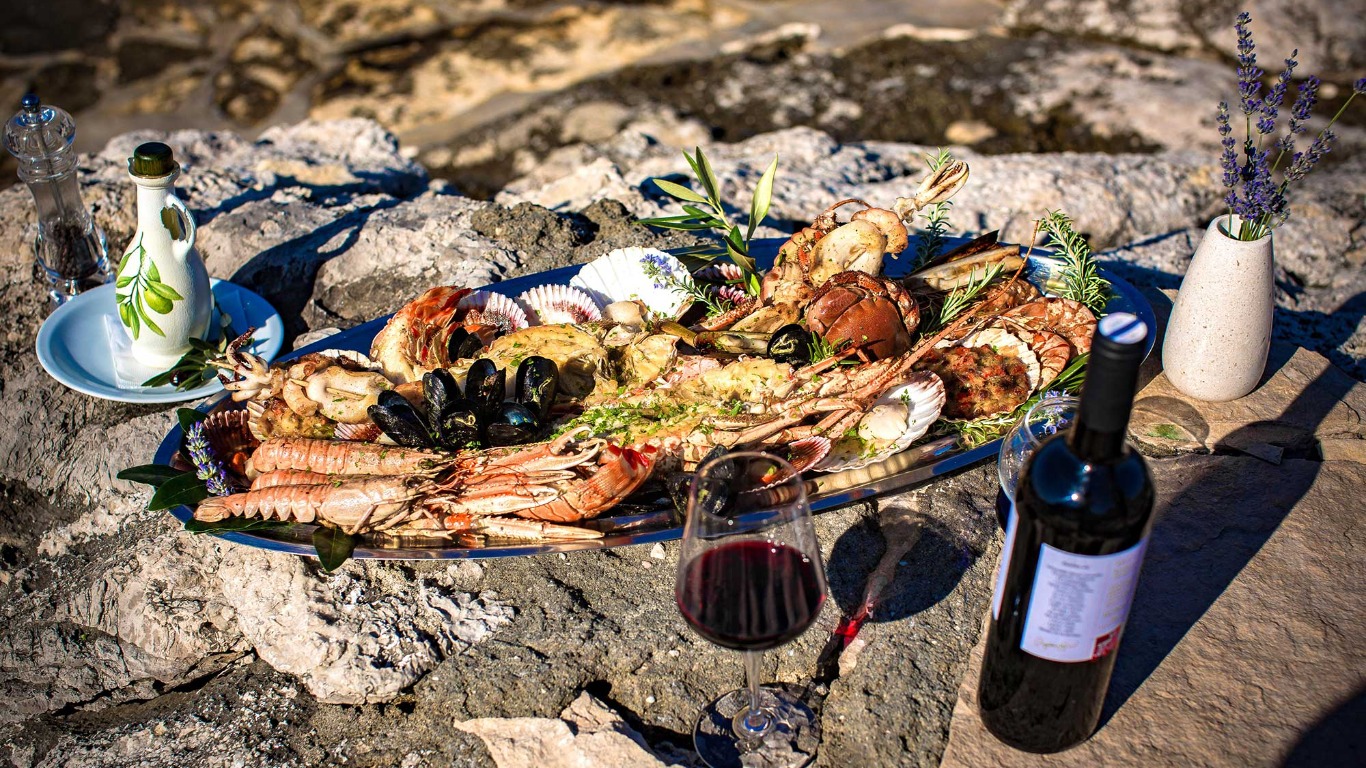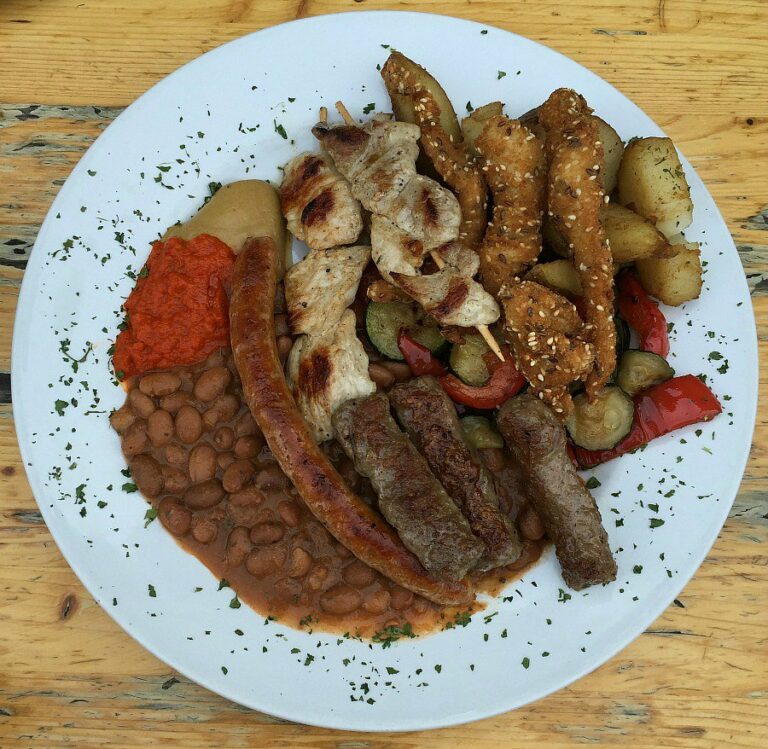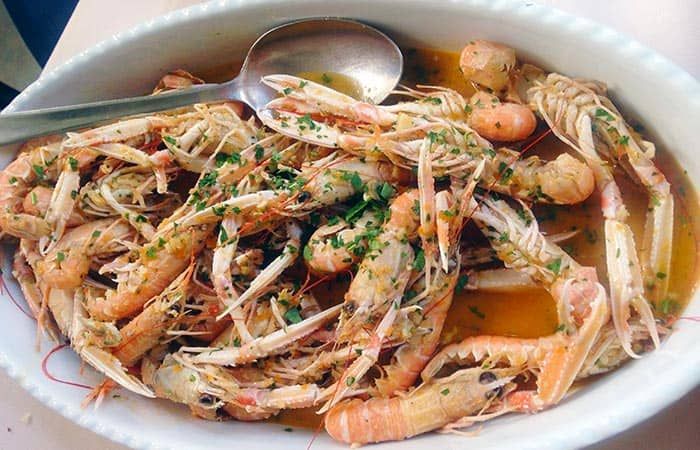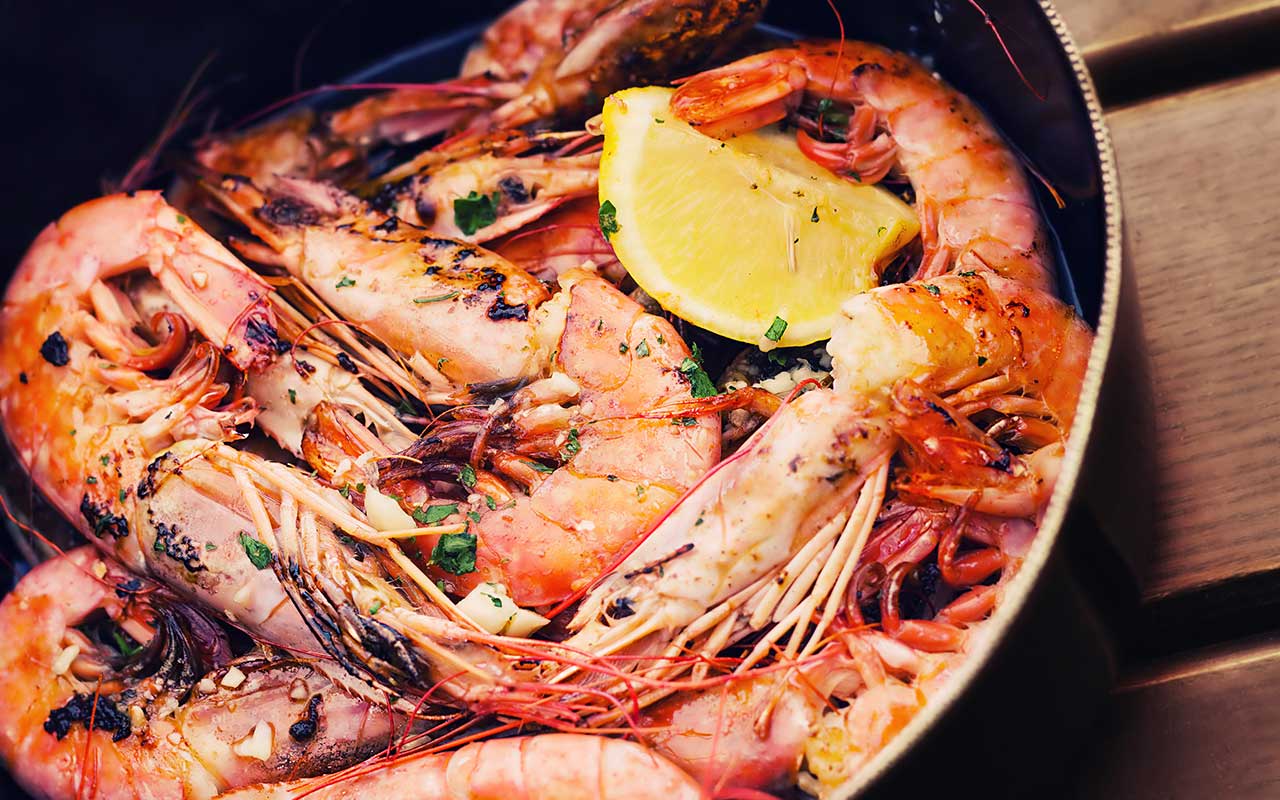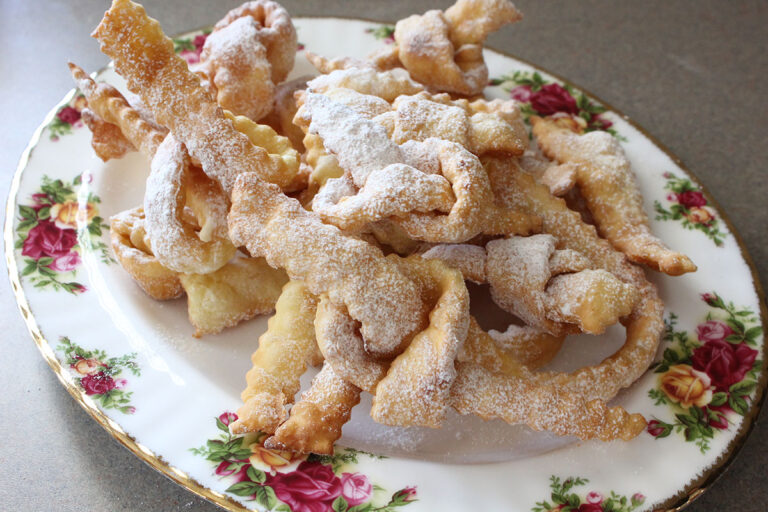Introduction: Street food culture in Croatia
Street food culture has become increasingly popular across the globe in recent years. Croatia is no exception, with a thriving street food scene found in many cities and towns throughout the country. Street food is a convenient and affordable way to experience the local cuisine, with a range of traditional and modern dishes available from food trucks, stalls, and carts.
Traditional street food in Croatia
Croatia’s street food scene is heavily influenced by traditional cuisine. Some of the most popular traditional street food dishes include burek, a pastry filled with meat, cheese, or spinach, and cevapi, a type of grilled meat served in a bread roll. Other traditional street foods in Croatia include grilled sardines, lamb chops, and fried squid.
Popular street food dishes in Croatia
In addition to traditional street food, there are also many modern and fusion street food options available in Croatia. Some of the most popular dishes include falafel wraps, gourmet burgers, and pizza slices. Ice cream and crepes are also popular street food desserts in Croatia.
Street food vendors in Croatia
Street food vendors can be found in many places across Croatia. They often set up in busy city centers, tourist areas, and at festivals and events. Many street food vendors also operate from food trucks that can be found parked in various locations throughout the day.
Regulations for street food vendors in Croatia
There are various regulations in place to ensure that street food vendors in Croatia maintain high standards of food safety and hygiene. Vendors must obtain a permit from the local health authorities and comply with strict food safety regulations. They must also ensure that their equipment and premises are regularly inspected and maintained.
Street food festivals in Croatia
Croatia hosts a range of street food festivals throughout the year, celebrating the country’s diverse culinary heritage. The festivals offer visitors the chance to sample a range of traditional and modern street food dishes, as well as enjoy live music, entertainment, and other cultural activities.
Street food safety in Croatia
Food safety is a top priority for street food vendors in Croatia. The local health authorities regularly inspect vendors to ensure that they comply with strict food safety regulations. Visitors can also take steps to protect themselves by choosing vendors with a good reputation for cleanliness and hygiene, and by ensuring that the food is cooked thoroughly.
Conclusion: Street food in Croatia
In conclusion, street food is a common and popular part of the Croatian culinary scene. From traditional dishes to modern fusion cuisine, street food vendors in Croatia offer a range of tasty and affordable options for visitors and locals alike. With a range of festivals and events celebrating street food throughout the year, there has never been a better time to explore Croatia’s vibrant street food culture.

